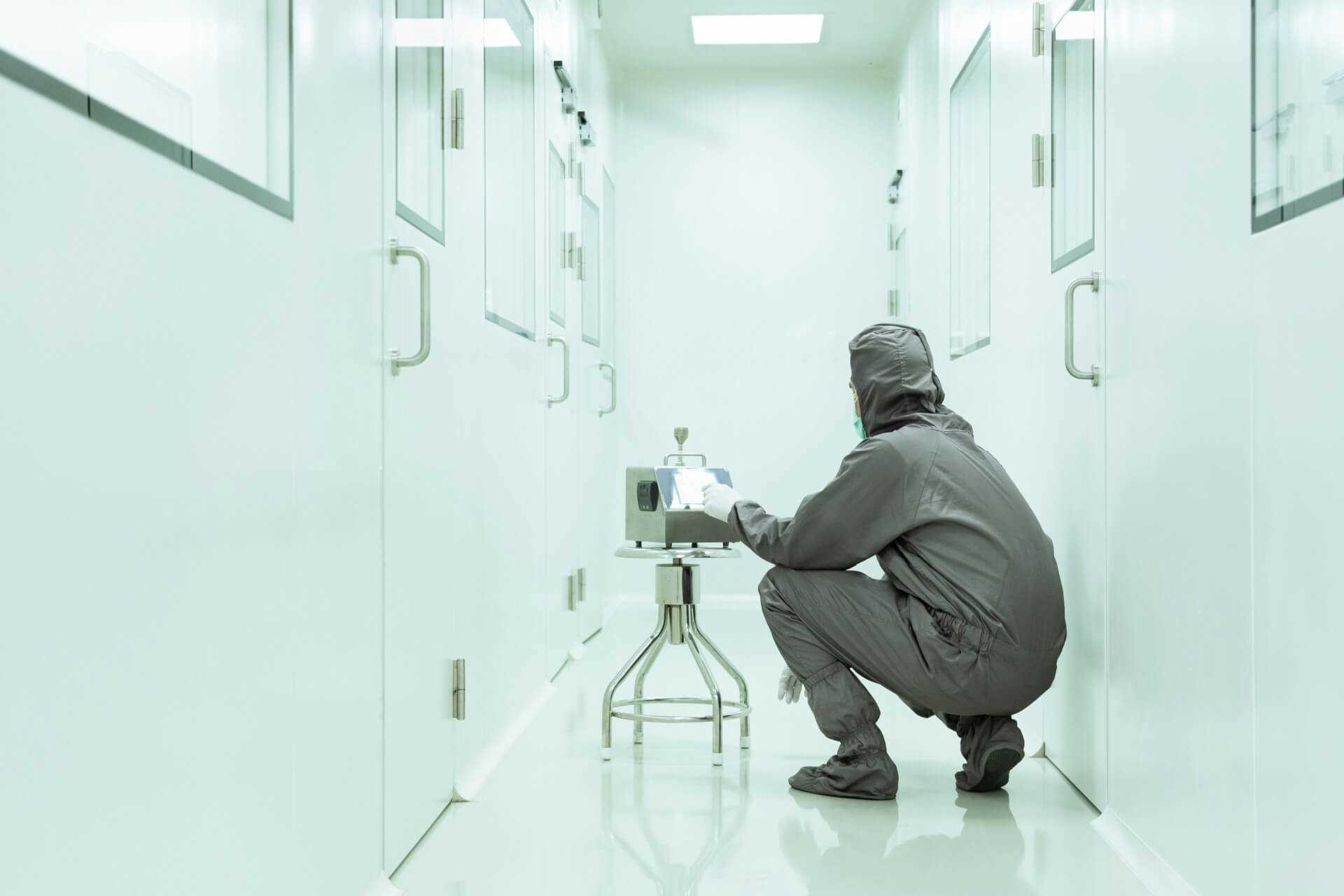
Maintaining a Cleanroom Environment: Best Practices for Contamination Control
Cleanroom environments are essential for various industries such as pharmaceuticals, biotechnology, microelectronics, and healthcare to ensure product quality and safety. Contamination in a cleanroom can have severe consequences, including product recalls, equipment damage, and even life-threatening situations. Therefore, it's crucial to maintain a cleanroom environment through proper contamination control.
Here are some best practices for contamination control in cleanroom environments:
Adhere to Cleanroom Standards and Protocols: The first step in maintaining a cleanroom environment is to follow established cleanroom standards and protocols, such as ISO 14644, which provides guidelines for air cleanliness, and USP 797, which sets standards for sterile compounding. These standards and protocols help maintain the required level of cleanliness and ensure that all processes are performed correctly.
Proper Personal Protective Equipment (PPE): Proper PPE is essential in preventing contamination from individuals entering the cleanroom. This includes wearing cleanroom garments, gloves, masks, and shoe covers, and following the gowning process as per the cleanroom protocol.
Regular Cleaning and Disinfection: Regular cleaning and disinfection of surfaces and equipment in the cleanroom environment are crucial to prevent contamination. All cleanroom surfaces, including floors, walls, and ceilings, should be cleaned daily, and equipment should be disinfected before and after use.
Air Filtration: Proper air filtration is critical in maintaining a cleanroom environment. The air should be filtered through high-efficiency particulate air (HEPA) filters, which trap particles as small as 0.3 microns, and the air pressure should be continuously monitored to prevent contamination from outside sources.
Employee Training: Employee training is essential in maintaining a cleanroom environment. Employees should be trained on proper gowning procedures, cleaning and disinfection procedures, and maintaining aseptic techniques. It is also crucial to regularly train employees on new protocols and procedures.
Monitoring and Record-Keeping: Regular monitoring of the cleanroom environment is necessary to ensure that the required level of cleanliness is maintained. This includes particle counts, air pressure, temperature, and humidity. Record-keeping is also crucial in tracking any deviations from the established protocols and identifying areas for improvement.
Maintaining a cleanroom environment requires a combination of following established standards and protocols, proper PPE, regular cleaning and disinfection, proper air filtration, employee training, and monitoring and record-keeping. Following these best practices can help prevent contamination, ensure product quality and safety, and ultimately protect the health and safety of the end-users.
